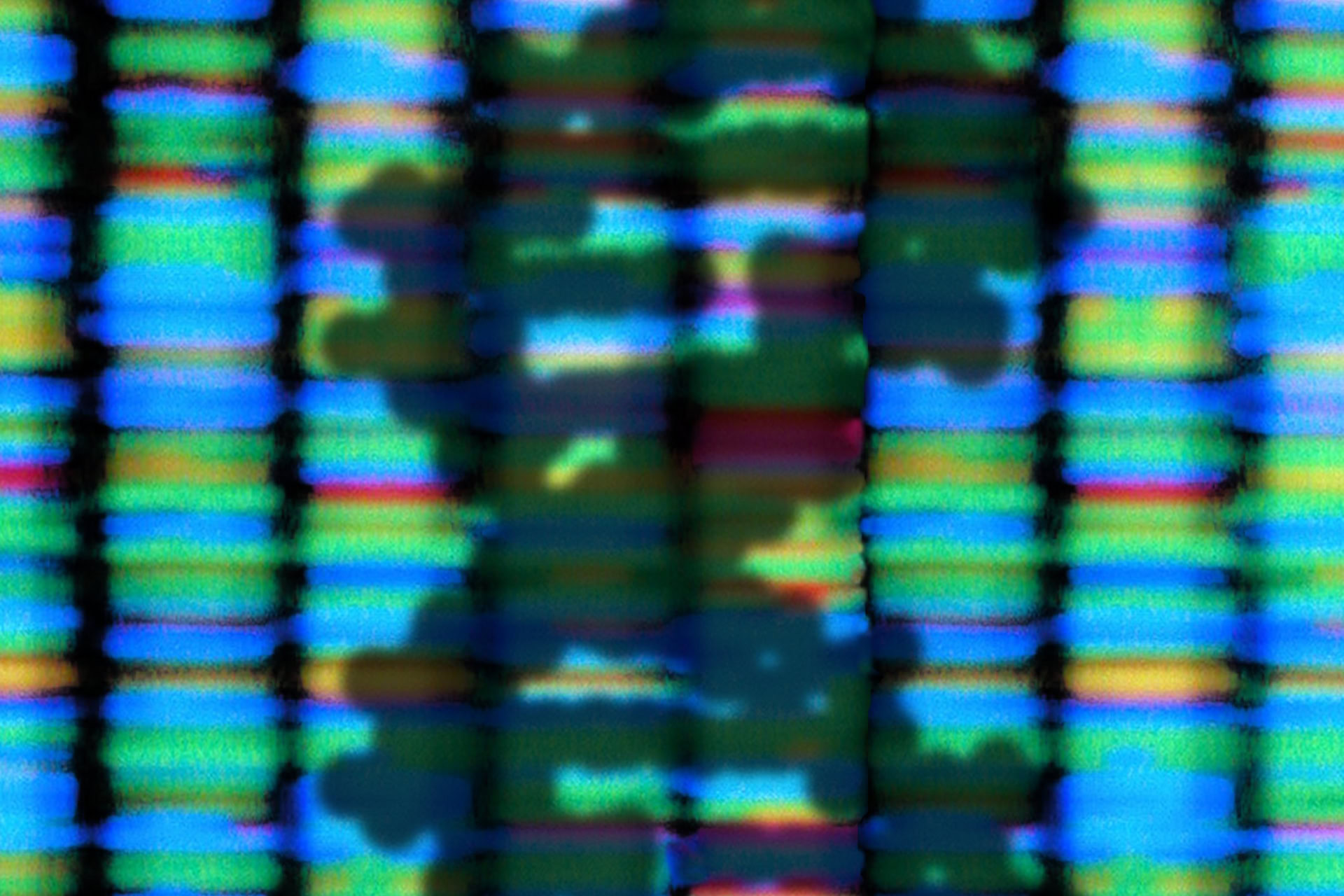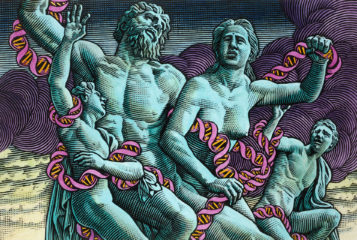Whole genome sequencing of melanoma, the deadliest form of skin cancer, has confirmed the long-held belief that greater sun exposure raises cancer risk by increasing the frequency of genetic mutation. The study also identifies one gene, PREX2, that is mutated in 14 percent of cases.
The research team, led by scientists from the Broad Institute and Dana-Farber Cancer Institute in the USA, hope that investigating and classifying cancers at the genomic level, rather than by where they originate or how they look under the microscope, will usher in a new era of cancer treatment.
'This is a light-bulb moment in research', said Dr Lynda Chin, one of the senior authors of the paper, which was published in Nature. 'We will be saying, first tell me the genetic makeup of the tumour, and then tell me the tumour's origin'.
The researchers sequenced the whole genomes of 25 metastatic melanoma tumours. They then compared the tumour DNA with non-cancerous DNA from the same patient, allowing them to identify the genetic changes that had occurred exclusively in the cancer cells.
The authors say the study provides 'the first high-resolution view of the genomic landscape' of human melanoma tumours by looking at all the DNA rather than just the regions known to give rise to proteins.
This extra information has revealed the spread of sun exposure-dependent damage. For example, a tumour taken from the sole of the foot — an area not usually greatly exposed to sunshine — showed signs of genetic deterioration.
The study also identified genes not previously implicated in melanoma. One of these genes, PREX2, was mutated in 11 of the 25 melanomas sequenced and in 14 percent of all melanomas from a larger patient group. PREX2 halts the action of an important tumour suppressor gene called PTEN and is already implicated in the development of breast cancer.
Unfortunately, PREX2 is unlikely to be a useful therapeutic target due to the diversity of mutations found in the melanomas, making it difficult to target with a drug.
But as a gene implicated in cancer, or oncogene, PREX2 is nonetheless interesting to researchers. It is different from 'classic' oncogenes like BRAF and NRAS - also frequently mutated in melanoma - where mutations cause the genes to become overactive and drive cancerous growth. Instead, all the mutations identified in PREX2 appear to increase the amount of protein it produces, not its activity.
'This may mean that the field is now identifying a novel class of driver genes that may not harbour the classic oncogene characteristics', Dr Yardena Samuels from the US National Human Genome Research Institute, who was not involved in the study, told Nature News.
While such information is certainly useful, Dr Chin stressed the complexity of the melanoma genome. She told US News' HealthDay that researchers noted considerable 'structural rearrangement' on the melanoma genome: 'It's like a bomb's gone off and everything's in the wrong order. And we're not sure how to put it all back together'.





Leave a Reply
You must be logged in to post a comment.